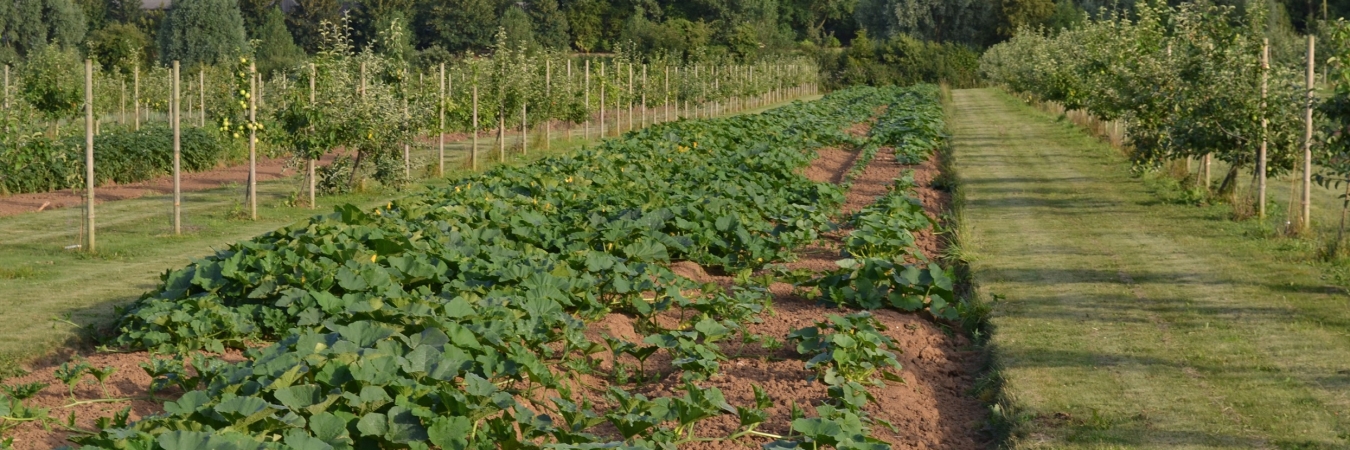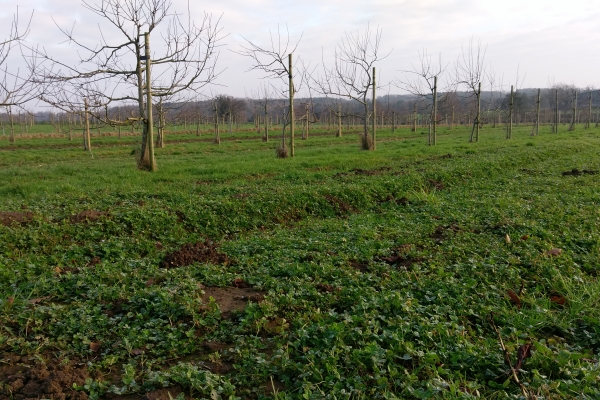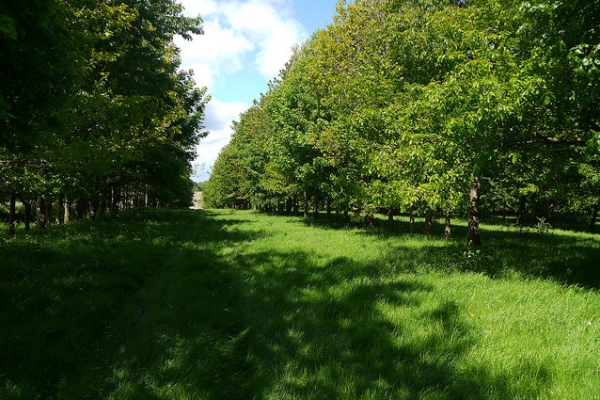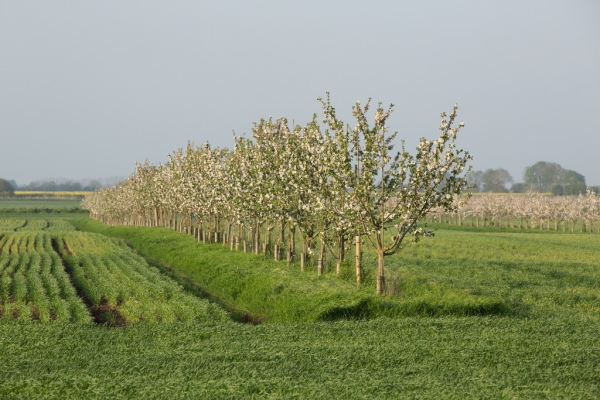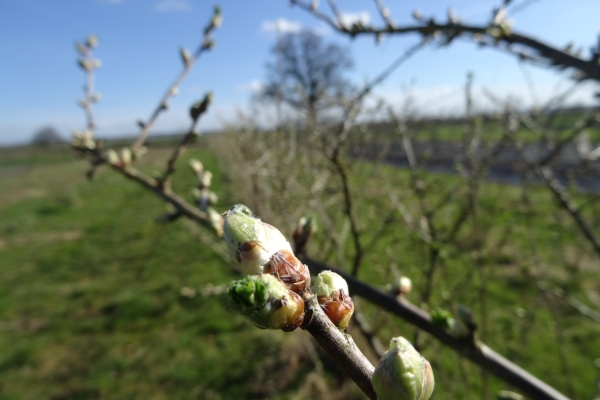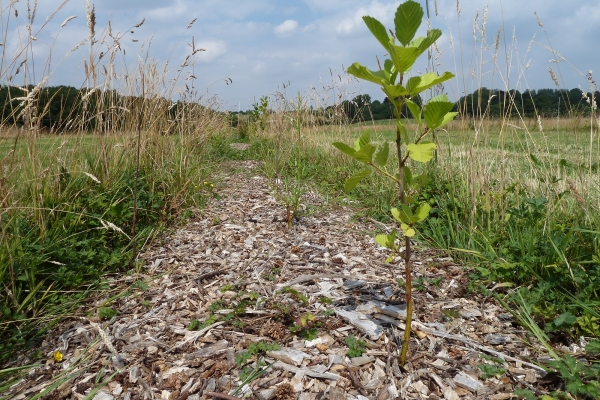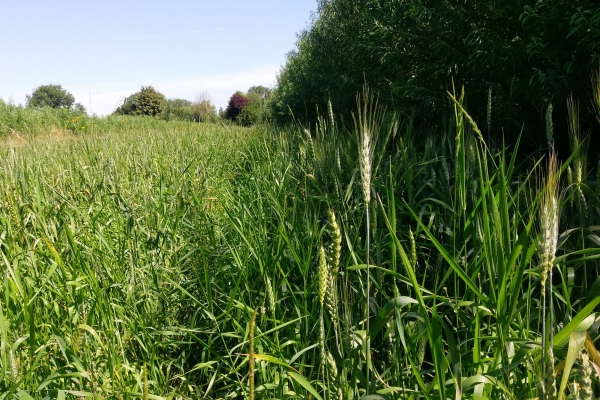Agroforestry
Resource explained
This page holds information about agroforestry research undertaken by the Organic Research Centre (ORC) in the UK. It explains that the focus of the research is the evaluation of a range of agroforestry systems in terms of their productivity, environmental and economic impacts, and potential for agri-environmental policy. There are both ecological and economic interactions between the trees and crops and/or livestock elements in an agroforestry system. These interactions can lead to higher productivity compared to conventional systems and provide a wide range of services including soil management, microclimate modification, shelter, weed control, natural fencing, carbon sequestration and nutrient recycling. Agroforestry systems also support the production of a wide range of varied products. Alongside work on integrated agroforestry systems, the ORC is also investigating the potential of hedges and other landscape elements as sources for biofuels and other products, generating an income to support their management and conservation. You can access information on the various research projects and relevant publications via this page.
Findings & recommendations
- Agroforestry systems can be made up of different elements including rows of trees, hedges, shelter belts, riparian woodland, coppiced woodland, orchards, grazed woodland, trees in pasture and pollards, as well as livestock and crop components.
- All such ‘woody components’ should be fully integrated within the agricultural production system, with the aim of increasing diversity at all levels of the system (trees, crops and livestock).
- The incorporation of trees into agricultural systems can help create microclimatic conditions which in turn can benefit crop growth and animal welfare. Additional benefits include soil management, weed control, natural fencing, carbon sequestration and nutrient recycling.
- Agroforestry systems support the production of a wide range of products which can benefit the rural economy. Agroforestry can provide economic benefits either from direct sale of products, or indirectly from beneficial effects (e.g. a shelterbelt that produces higher yielding crops or sheep).
